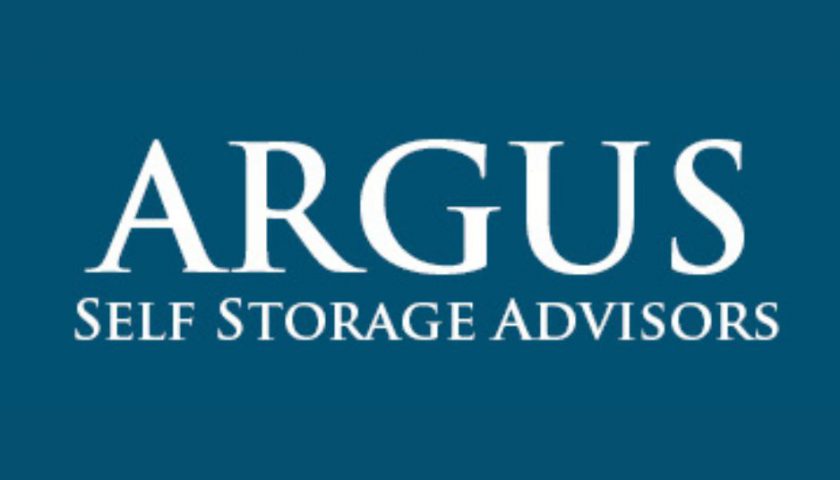Lease-up deals have always been challenging to value compared to stabilized storage properties, but that challenge has become even greater in today’s market. With numerous macro and micro-economic variables, forecasting how a property should be expected to perform five years from now is a tough call.
Below, we highlight the three most pressing questions when valuing a lease-up property.
What Are Street Rates?
Street rates have declined following their peak in 2020 and 2021, which presents a challenge when underwriting a lease-up property. Lease-up deals are typically underwritten with the assumption that street rates will rise over time, but forecasting when those rises will occur and by how much can be more of an art than a science.
Many lease-up deals today can only meet seller pricing expectations if the buyer assumes rates will return to the historic highs experienced a few years ago, which can make some buyers uneasy.
What is the Cap Rate Spread?
A self-storage facility goes through three primary phases of risk: development, lease-up, and stabilization. Each of these phases includes its own unique risks, and investors want to be compensated for those risks through achieving better returns on their investment.
For lease-up deals, investors want to be compensated for taking on the risk of leasing the property to stabilization. Achieving this compensation typically means purchasing the property at a cap rate that is higher than the property would sell for if it was stabilized.
However, determining what that spread should be is not always easy. Is a 100 basis point spread sufficient, or is 200 more realistic? Answers will vary.
How Will Supply Look?
Lease-up deals are also susceptible to supply risk, both during the lease-up process and at the stabilization phase.
New supply can dramatically impact street rates in an area, making hitting pro forma rate targets a challenge. A new property down the street offering units at half price is not an ideal situation to find yourself in.
Additional supply hitting the market can also draw out the lease-up process, necessitating longer hold periods as properties compete to secure tenants. For some investors, this is only a minor headache, but for others, it can be disastrous.
If you don’t have a firm understanding of a market’s supply pipeline while valuing a lease-up deal, you should.
Conclusion
Even with these challenges, purchasing or selling a self-storage property in the lease-up phase can still be a good decision. With enough market knowledge and the right underwriting, valuing these deals is challenging but not impossible.





